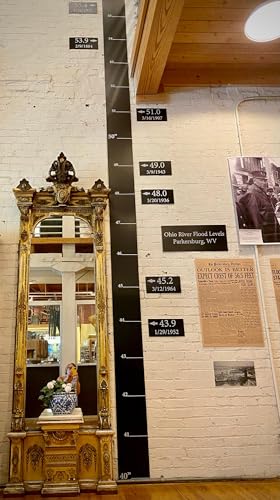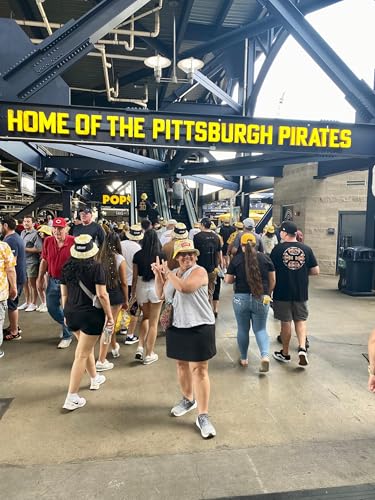Next week I’ll be fulfilling a 30-year dream: a week at the Chautauqua Institution. The main lecture series focuses on The Middle East: The Gulf States’ Emerging Influence, which promises to explore the region’s histories, demographies, and shifting power dynamics—especially among the members of the Gulf Cooperation Council, Iran, and Iraq. It’s an ambitious and timely program, centered on understanding these states in relation to each other and the broader Middle East, including the Israel–Palestine conflict.
I know just a little more than nothing about the Gulf States’ history, but most of it came from reading T.E. Lawrence’s biography and watching Lawrence of Arabia. Steep learning curve ahead of me there. I’m excited about that!
Not much Fodder from Chautauqua—But…
My spouse and I are road-tripping from home in North Carolina to Chautauqua, with a two-day stop in Pittsburgh to include a Pirates–Reds game. The Reds are scrapping for a wild card spot; the Pirates… not so much. But that’s not really why I’m going. I’m going because Matt’s excited—and for the view: skyline on one side, river and bridges on the other, right at golden hour. Matt’s never seen the skyline and I can’t wait to see his response.
Bring on the Parrot and Pierogis
Then there’s the mascot sideshow, which I suspect will be the real show for me. Word is that a giant green parrot might break into dance or trip a human-sized pierogi during the mid-inning sprint. The Great Pierogi Race is apparently a fan favorite, and honestly? I’m here for it. If you need me during innings five and six, hold that text—I need to see whether Cheese Chester can finally take down Sauerkraut Saul.
Start Boning Up for August Trivia
I’m thinking about a sports-themed August Trivia, so start boning up—you’ve been forewarned.
Meanwhile, I’ve been working on something much weightier.
I’ve Got a Book Deal—Now I Need a Title
NEWS FLASH: I’m writing a book for the University of Illinois Press! Would you help me find the perfect title? Here’s what it’s about:
For nearly a thousand miles, the Ohio River marked the line between slavery and freedom—a boundary drawn in water, and carried forward in memory, myth, and silence. Though often overshadowed by the Mason-Dixon Line or the Deep South, the Ohio remains America’s longest and only visible slavery border, its legacy still etched into the landscapes it divides.
In [TITLE], travel writer and narrative essayist Tamela Rich follows the river from Pittsburgh to Cairo, Illinois, stopping at courthouses, riverfront parks, faded historical markers, and places where no sign remains at all. What emerges is not a neat chronology, but a mosaic of reckoning: towns shaped by what they choose to remember—and what they quietly forget.
With a motorcyclist’s eye for detail and a memoirist’s restraint, Rich explores how the river’s legacy lives on in tourism slogans, plantation reenactments, Underground Railroad memorials, and gaps in the public record. This is not a story of reconciliation, but of recognition: of how borders shape belief, and how history lingers even in the rearview mirror.
You can give me your opinion for a title HERE. Thanks so much!
Let’s Meet Up?
I’ll be back in the region over the Labor Day Weekend. If you’re anywhere near Athens or Marietta, Ohio, please get in touch. I’d love to meet you in person.
Get full access to The 981 Project at the981project.com/subscribe
 19 分
19 分 9 分
9 分 2025/10/2127 分
2025/10/2127 分 2025/10/0715 分
2025/10/0715 分 29 分
29 分 2025/09/1611 分
2025/09/1611 分 42 分
42 分 2025/08/066 分
2025/08/066 分
